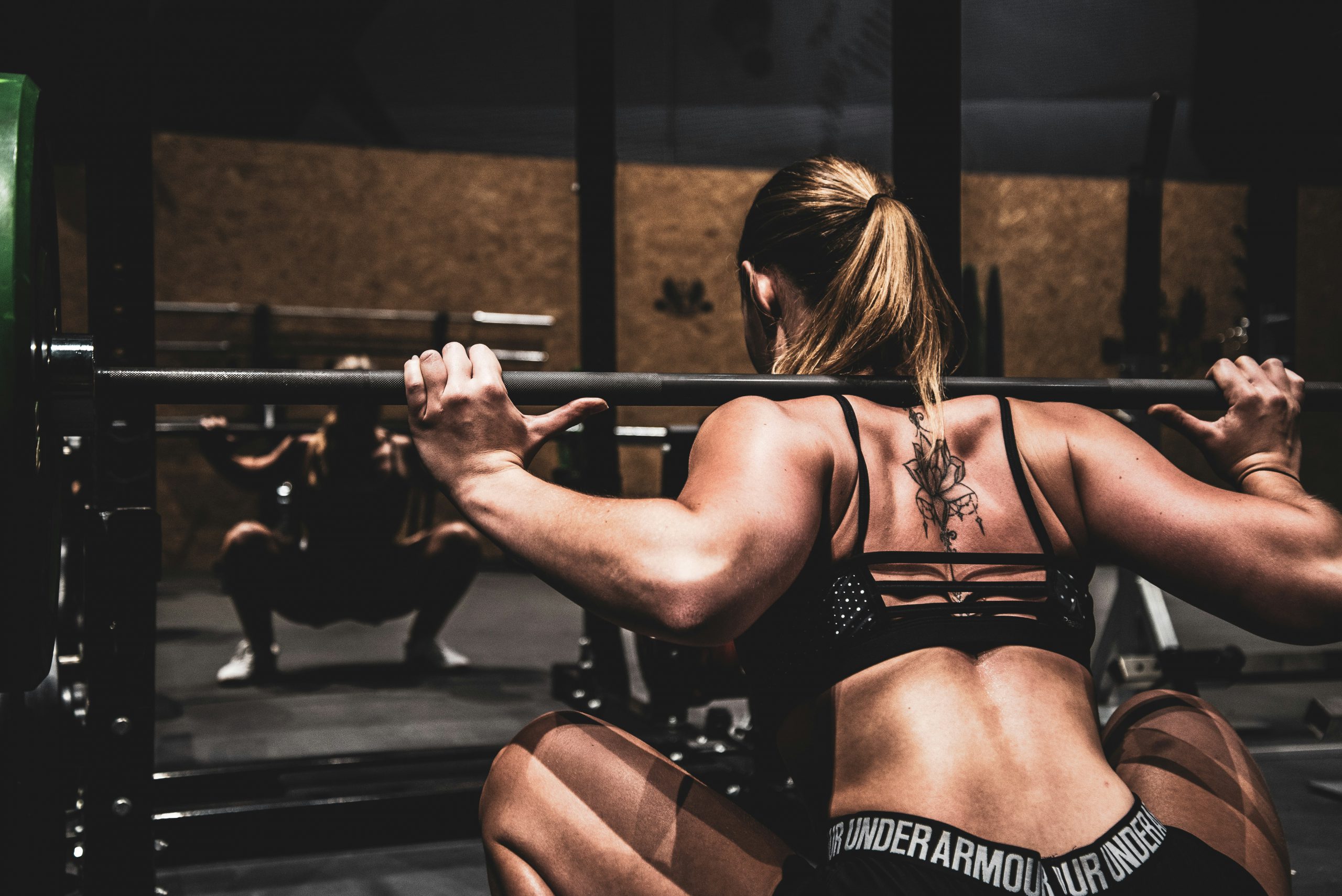The Truth About Plastic Surgery: Why You’ll Still Need to Work Out After a BBL
In recent years, plastic surgeries like the Brazilian Butt Lift (BBL) have surged in popularity, promising a more sculpted and voluptuous figure with minimal effort. While the results can be transformative, it’s important to understand that surgery is not a shortcut to fitness.
As a personal trainer, I often encounter clients who believe that once they’ve achieved their desired look through surgery, their work is done. However, the truth is that maintaining those results—and ensuring your overall health—requires regular exercise and a commitment to a healthy lifestyle.
Understanding the BBL
The Brazilian Butt Lift involves transferring fat from other areas of your body, such as your abdomen or thighs, to your buttocks to enhance their size and shape. The procedure can create a fuller, more lifted appearance, but it’s not a substitute for muscle development or overall fitness. The fat that’s transferred during a BBL is still susceptible to changes due to weight fluctuations, aging, and other lifestyle factors. Without a balanced exercise routine, your results can diminish over time.
Why You Still Need to Work Out
-
Maintaining Muscle Tone
- While a BBL can add volume to your buttocks, it doesn’t address muscle tone. Glute muscles, like any other muscle group, need regular exercise to stay firm and strong. Incorporating strength training exercises like squats, lunges, and hip thrusts into your routine will help maintain and enhance the shape of your glutes, complementing the results of your surgery.
-
Preventing Fat Redistribution
- After a BBL, the fat cells that were transferred can shrink or expand based on your body’s overall fat distribution. If you gain weight after surgery, the fat cells in your buttocks, as well as other areas, may increase, potentially altering your results. Regular exercise, particularly cardio and strength training, helps manage your weight and prevent unwanted fat redistribution.
-
Improving Overall Health
- Fitness is not just about aesthetics; it’s about maintaining your overall health and well-being. Regular exercise strengthens your cardiovascular system, improves mental health, and boosts energy levels. Surgery can enhance your appearance, but it doesn’t replace the benefits of a healthy lifestyle. Committing to regular workouts will help you stay fit, healthy, and confident in your results.
-
Enhancing Longevity of Results
- The longevity of your BBL results depends on how well you take care of your body. Regular physical activity, combined with a balanced diet, will help you maintain your desired figure for years to come. Neglecting your fitness routine can lead to muscle atrophy and weight gain, which can compromise the outcome of your surgery.
-
Boosting Confidence and Mental Health
- Exercise is a powerful tool for boosting self-esteem and mental well-being. After undergoing surgery, maintaining a consistent workout routine can help you feel more connected to your body, improve your mood, and reinforce your sense of accomplishment. The confidence you gain from staying active and fit will complement the physical changes you’ve achieved through surgery.
Creating a Post-Surgery Workout Plan
If you’ve recently undergone a BBL or are considering one, it’s important to work with a qualified personal trainer who can help you design a workout plan tailored to your needs. Here’s what a post-BBL workout plan might include:
- Low-Impact Cardio: Start with low-impact cardio exercises, like walking or swimming, to help maintain cardiovascular health without putting too much pressure on your newly enhanced areas.
- Strength Training: Incorporate exercises that target the glutes, such as squats, lunges, and deadlifts, to build and maintain muscle tone. Also, focus on other areas of the body to ensure balanced muscle development.
- Core Workouts: Strengthening your core will help improve posture, stability, and overall body strength. Incorporate exercises like planks, leg raises, and Russian twists into your routine.
- Flexibility and Mobility: Include stretching and mobility exercises to keep your muscles flexible and reduce the risk of injury. Yoga and Pilates are excellent choices for improving flexibility and enhancing muscle tone.
Final Thoughts
Plastic surgery, such as a BBL, can be a powerful tool for enhancing your appearance, but it’s not a substitute for a healthy lifestyle. To maintain your results and support your overall health, regular exercise is essential. By committing to a balanced workout routine that includes strength training, cardio, and flexibility exercises, you can enjoy long-lasting results and continue to feel confident in your body.
Remember, fitness is a lifelong journey, and surgery is just one step along the way. Keep moving, stay active, and embrace the full potential of your new physique!
Author: Nikeem Quinn-Jenkins




